Line Art is graphic material that consists of lines or areas of pure black and pure white and requires no screening* for reproduction. This definition is from a printed 1994 dictionary.
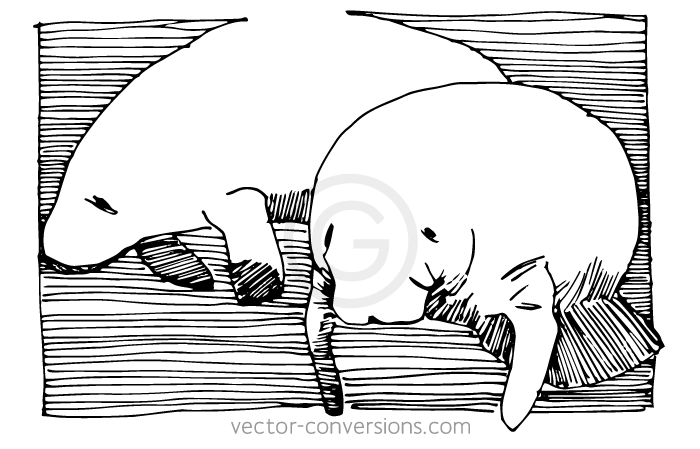
The definition of Line Art has evolved with technology and digital graphics. Instead of "areas of pure black and pure white", definitions now read: Although line art is usually monochromatic it can use lines of different colors. Areas of solid pigment and dots can also be used in addition to lines.
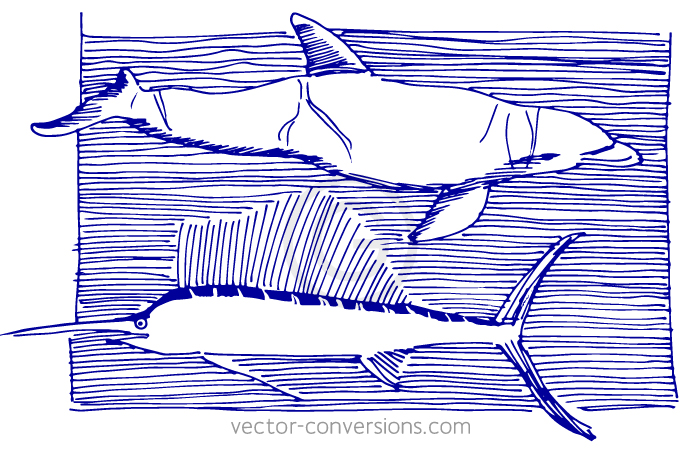
If Line Art can have lines, dots, and larger areas of colors, what is the difference between Line Art and any other color image?
For this purpose we can divide images in two categories: Continuous Tone images and Line Art images: As opposed to continuous tone, Line Art has no gradation of color (hue) or shade (darkness): Colors never blend with each other nor fade out gradually, there is always a clear distinction between each color.
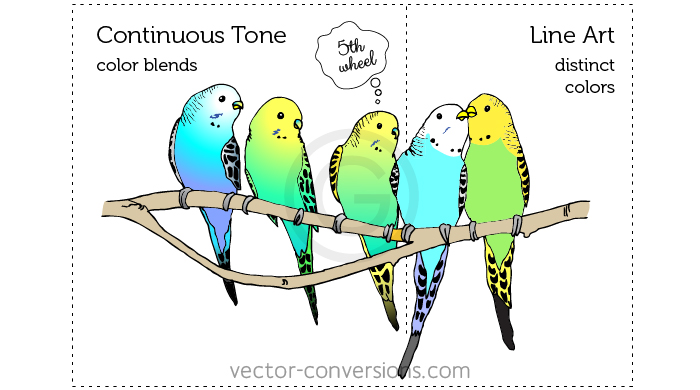
The 3 parakeets on the left in the image above are considered continuous tone because they have color blends; their face and body colors blend together. The 2 parakeets on the right are considered Line Art because there is a clear distinction between each color. See more side by side samples
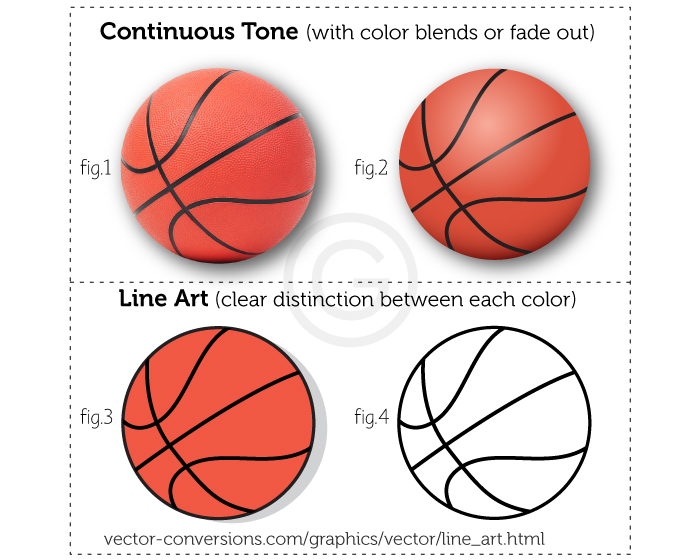
Fig. 1 Continuous Tone photograph - (more about photo to vector conversion)
Fig. 2 Continuous Tone graphic (more samples)
Fig. 3 Color Line Art (more samples)
Fig. 4 Black and white Line Art (more samples)
Traditional Line Art refers to images with emphasis on form and outline over color, shading, and texture.
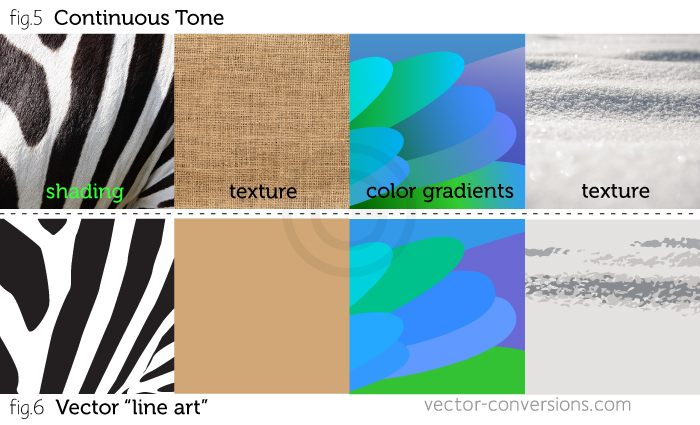
Vector Line Art
Vector Line Art may even have a broader definition. As long as there are no color gradients or color fades people seem to accept it as line art or line drawing. Perhaps one reason is that while we may see a multi-color vector image which does not resemble lines at all, the equipment that requires vector software** sees that same image as lines; black outlines of shapes.
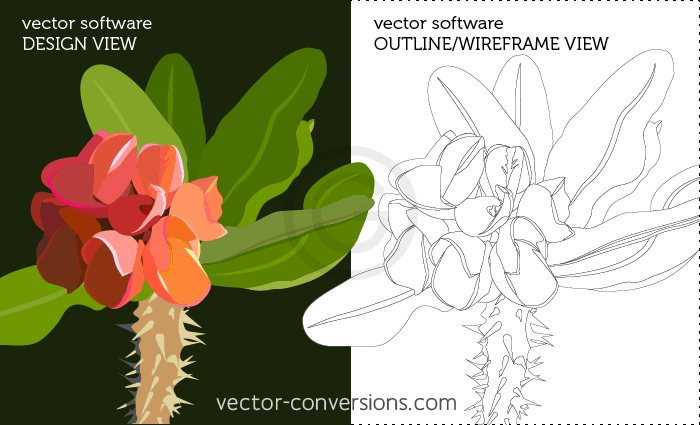
See options for vectorizing photographs
Home
*Screening or Halftone is the reprographic technique used in printing to simulate continuous-tone images using dots.
**Equipment that requires vector software includes those used for engraving, etching, carving, cutting & more.
